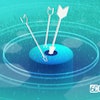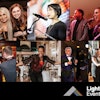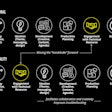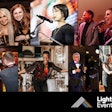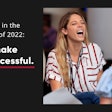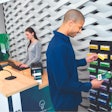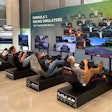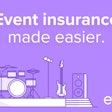Crowdshaping is the use of data generated by people inside a defined space to adjust and customize, often in real time, the event or experience. While crowdsourcing refers to people intentionally and actively sharing their opinions, preferences, or ideas, crowdshaping is relatively passive, usually using technology that detects people’s preferences and interests based on their actions. Savvy planners are figuring out how to use this data to make real-time adjustments that improve the experience for guests. Here are six examples of crowdshaping in action.
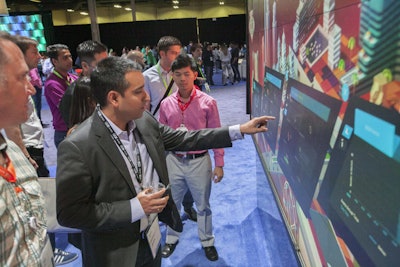
For the Cisco Global Sales Experience meeting last August, buses used to move people between the MGM Grand Garden Arena and the Mandalay Bay Convention Center had sensors that reported the vehicles’ speeds and locations, so organizers could instantly dispatch more buses as needed. Attendees could also see the data feeds from the buses on a touch-screen dashboard.
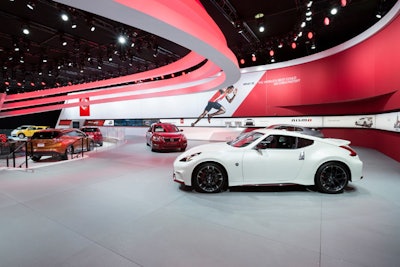
At the North American International Auto Show, held January 12 to 25 in Detroit, experiential marketing agency George P. Johnson used R.F.I.D. and iBeacons to create an interactive experience for Nissan that guests controlled on their smartphones. Using geolocation, the system provided information about specific vehicles as guests moved close to them. They could also play games and download marketing materials. “Literally as you are going around, the experience you are having is 100 percent unique to you,” said John Capano, senior vice president for strategy and planning for George P. Johnson. “And we could make adjustments in real time. If we had a car that was not getting enough attention, we could change the call to action, change the signage.” Capano said the activation provided extensive data that showed high dwell times and engagement.

More than 18,000 people attended the Cisco Global Sales Experience meeting last August in Las Vegas. Experiential marketing agency George P. Johnson used beacons to gather real-time data on attendee movement in both the MGM Grand Garden Arena and in the Mandalay Bay Convention Center, the location of breakout sessions. By monitoring capacities via cameras in each breakout room, organizers could optimize seating and also adjust the schedule to accommodate demand on site.
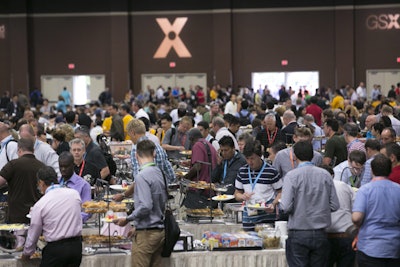
By monitoring data feeds from the food lines, organizers could immediately open additional lines as necessary to address bottlenecks.
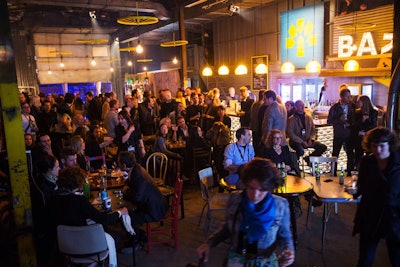
At C2 Montréal in May, organizers adjusted the number of staffers and amount of food in areas where they saw high concentrations of attendees, based on data transmitted from R.F.I.D. badges provided by Connect & Go.
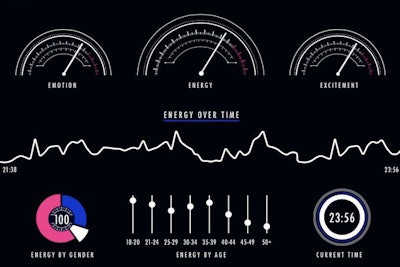
Lightwave’s biometric wristbands have been used at events hosted by Pepsi and Google, where DJs used the real-time data to adjust music selection to affect the crowd’s energy. The wristbands have four sensors: an accelerometer to measure the wearer’s movement, both within a space and individually (for example to track whether people are dancing); a microphone to detect decibel levels; a gauge to measure both body and ambient room temperature; and a sensor to detect skin conductance response, which can sense sweat and can indicate physiological and psychological arousal.
